Gender
The Navassars Ladies Band
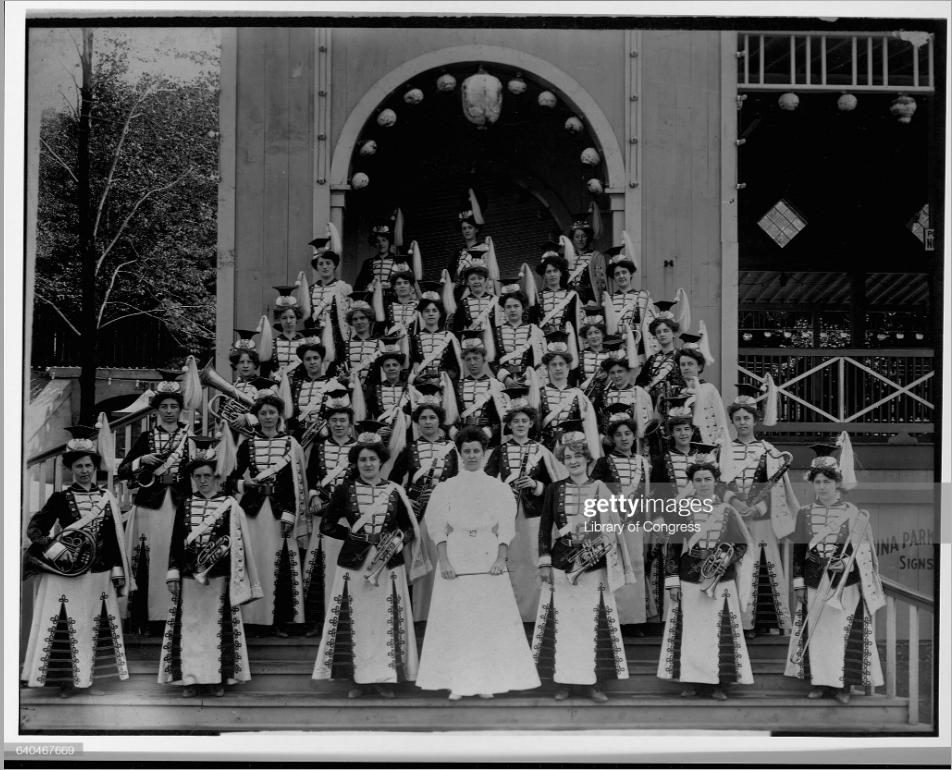
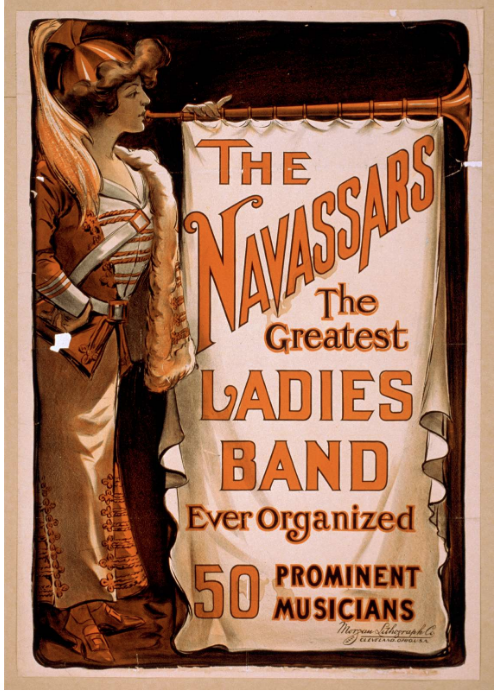
Posted By: Paul - Sat Dec 12, 2020 -
Comments (5)
Category: Music, Gender, Women, Nineteenth Century
Of course, unmarried girls can use them!

Davenport Quad-City Times - June 14, 1959
Posted By: Alex - Sun Jul 26, 2020 -
Comments (2)
Category: Advertising, Gender, Body Fluids, 1950s
Occupation: Woman

Dixon Evening Telegraph - Nov 19, 1976
Posted By: Alex - Sat Jul 18, 2020 -
Comments (3)
Category: Jobs and Occupations, Gender, Women, Nineteenth Century
The Working Couple’s Cookbook
The gimmick of this cookbook, published in 1971, was that it was striking a blow for Women's Lib by offering instructions for what both HIM and HER could do to prepare a meal.From a review by James Boyett (pictured below):
While most of the tasks the man is required to accomplish require only the knowledge of how to use a rolling pin or knife, I will warn you now that a couple of the recipes require the man to cook the meat — steak, pork chops.
One recipe, heaven forbid, asks the better half to only lay the table and then relax—while the man is required to open a couple of cans and then slave over a hot stove while "she" sips the fruit of the vine and relaxes.
More info: Awful Library Books
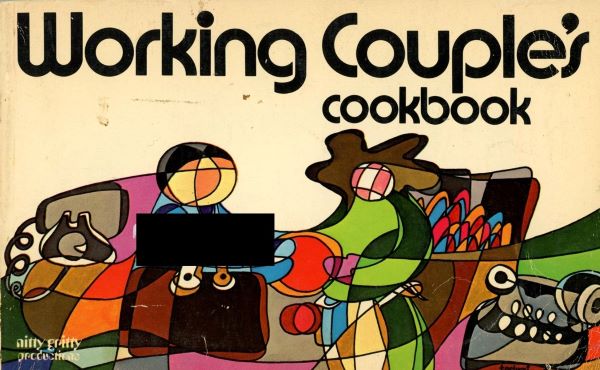
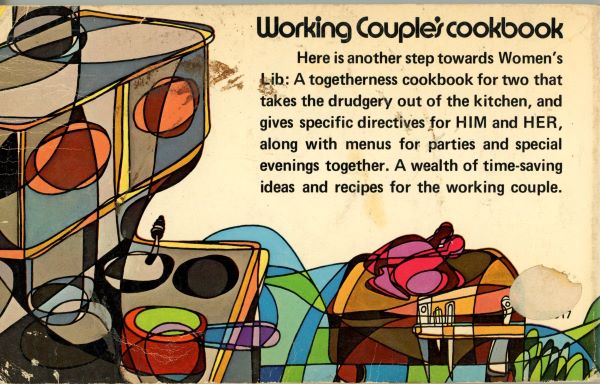
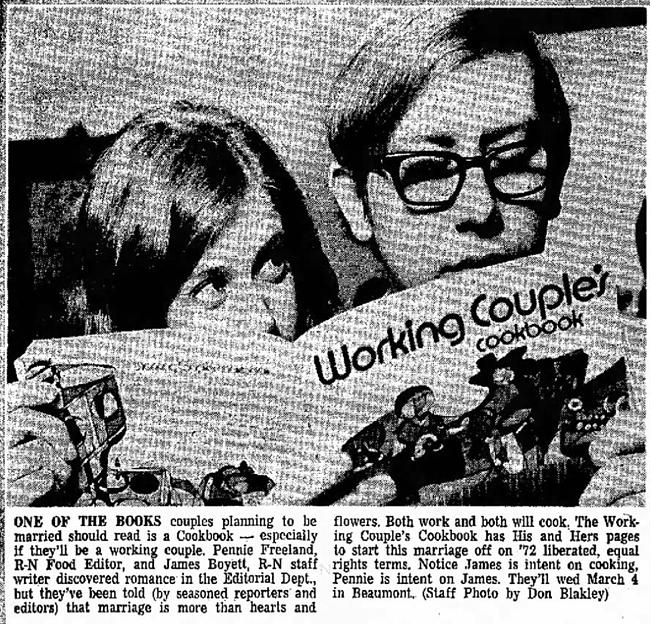
Abilene Reporter-News - Jan 23, 1972
Posted By: Alex - Thu Jul 16, 2020 -
Comments (4)
Category: Food, Cookbooks, Gender, Books, 1970s
Safety Kisses
Throughout the 20th century, it seemed to be widely assumed that the mood of the husband was determined by the behavior of his wife at home. So, concluded the District of Columbia's traffic safety office in 1963, if a man was in a 'disgruntled disposition' and consequently got into a traffic accident, it must have been the fault of his wife who didn't cheer him up adequately when he left home with a goodbye kiss "as though she meant it."See also: Whose fault is it when your husband is cross at breakfast?

Minneapolis Star - Nov 12, 1963
Posted By: Alex - Wed May 20, 2020 -
Comments (2)
Category: Highways, Roads, Streets and Traffic, Gender, Husbands, Wives, 1960s
Your wife is hot

A controversial billboard for air conditioning recently appeared in Nottingham. It declared, "Your wife is hot." According to the BBC:
This made me wonder, which 1950s-era ad exactly was it like? Perhaps the "recipe for boiled wife" ad that we recently posted about.

Posted By: Alex - Wed Jul 31, 2019 -
Comments (3)
Category: Advertising, Gender, Billboards
Truckers’ Wives United Against Female Truckers
As one of the first female truckers, Edna Ruth Lievsay was a social pioneer. One of her biggest obstacles, however, turned out not to be the trucking company, or the other drivers, but the wives of the other drivers, who refused to let their husbands drive with her, claiming she represented ‘temptation’.In 1977, 200 of the wives joined together to form a group called “Truckers Families United Unlimited, Inc.” and sued to try to force the company to allow their husbands to refuse to drive with Lievsay. The judge ruled that they had failed to state a valid complaint.

El Paso Times - May 14, 1977
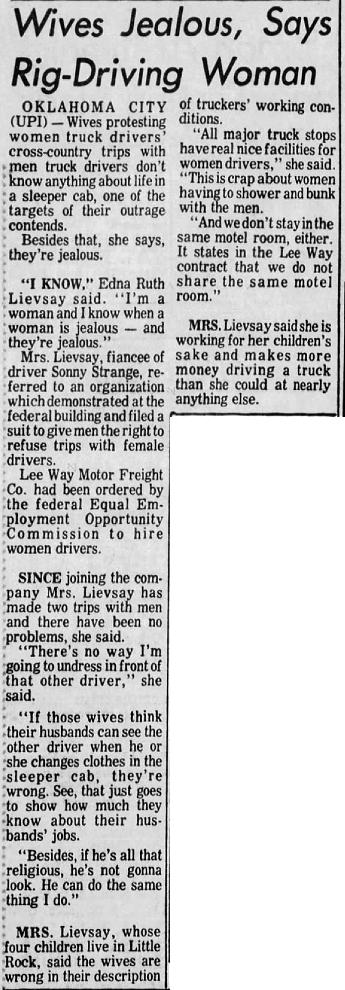
The Tennessean - May 6, 1977

Washington Court House Record-Herald - May 16, 1977
Posted By: Alex - Fri Apr 26, 2019 -
Comments (2)
Category: Jobs and Occupations, Gender, 1970s
The Manly Art of Knitting
Written by Dave Fougner and published in 1972. Recently back in print. Available from Amazon.
Jennifer, his blonde wife, and Christa, their three-year-old, sat in on the interview at the Fougner (pronounced foe-gner) home on Loch Haven Drive. Jennifer laughed and added, "I don't knit."
On a marble table near me (the couple also collects antique furniture, refinishing it when they have some free time) lay a copy of Dave's book, "The Manly Art of Knitting," a picture of him astride Jennifer's beautiful registered Palomino quarter horse, Fore's Dandy, on the cover. You have to look twice before you realize that he's knitting atop the horse...
"One reason I wrote the book was to encourage men to try knitting. There's a doctor in town who knits. It's amazing how many men do but are afraid to admit it..."
And knitting was primarily a man's job before the Industrial Revolution, he said. "Knitting was an art. An apprentice knitter served six years."
— The Santa Rosa Press Democrat - Apr 8, 1973
Posted By: Alex - Mon May 21, 2018 -
Comments (3)
Category: Hobbies and DIY, Gender, Men, Books
Feral Cheryl
An eco-feminist, anti-Barbie doll featuring tattoos, unshaven legs, pierced nipples, pubic hair, and dreadlocks. Created by Lee Duncan of Australia in 1995.Duncan still has a few Feral Cheryls available for sale at her website feralcheryl.com.au. They're going for $75 AUD (about 57 US dollars).

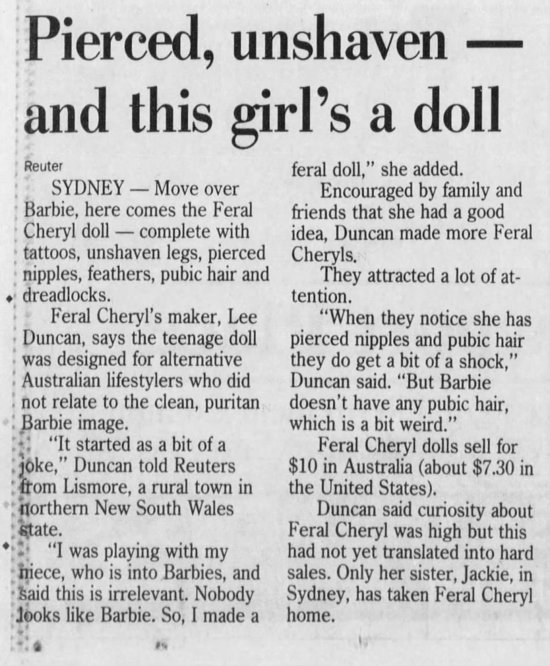
Palm Beach Post - May 31, 1995
Posted By: Alex - Mon Apr 23, 2018 -
Comments (3)
Category: Toys, Gender, 1990s
Carrying the cross against feminism
Given the point she was trying to make, seems like it would have been more appropriate to drag her husband as he reclined in a rickshaw, or something along those lines.
Baltimore Sun - July 21, 1997

The Guardian - July 22, 1997
Posted By: Alex - Fri Apr 13, 2018 -
Comments (6)
Category: Religion, Gender, Women, 1990s

| Who We Are |
|---|
| Alex Boese Alex is the creator and curator of the Museum of Hoaxes. He's also the author of various weird, non-fiction, science-themed books such as Elephants on Acid and Psychedelic Apes. Paul Di Filippo Paul has been paid to put weird ideas into fictional form for over thirty years, in his career as a noted science fiction writer. He has recently begun blogging on many curious topics with three fellow writers at The Inferior 4+1. Contact Us |




